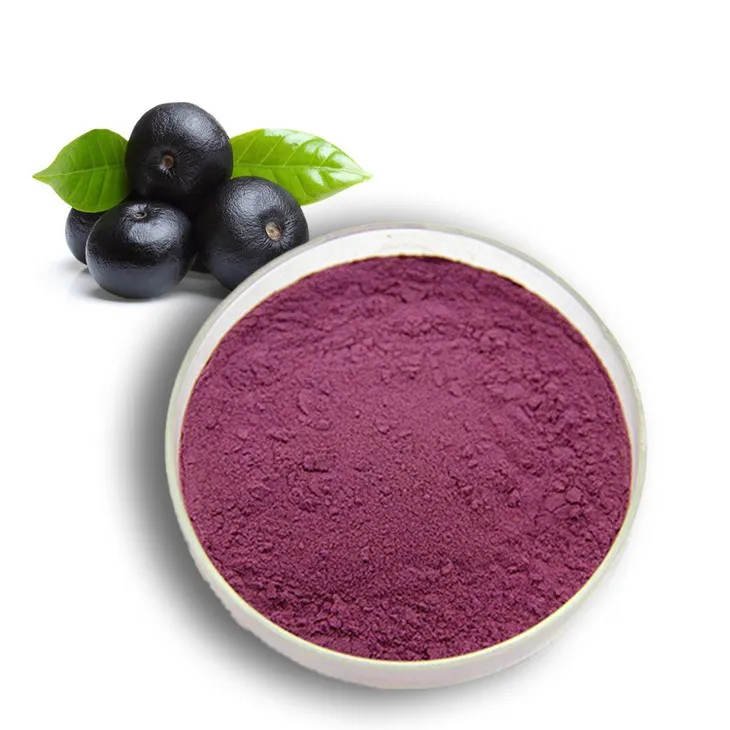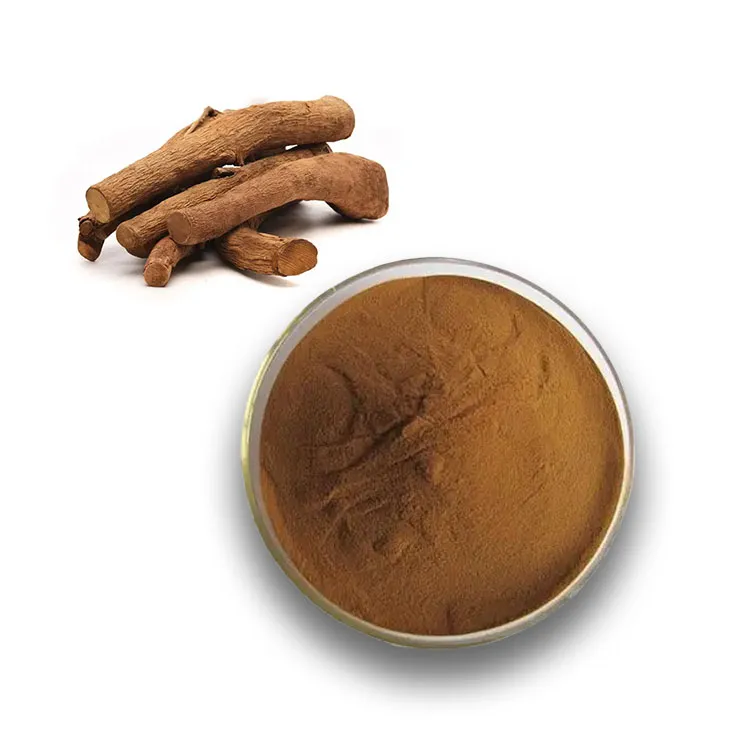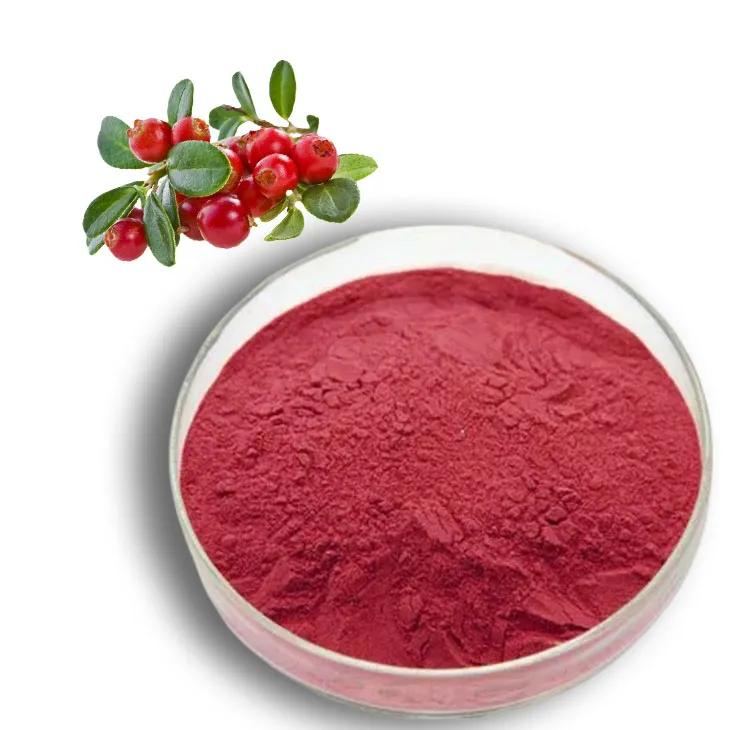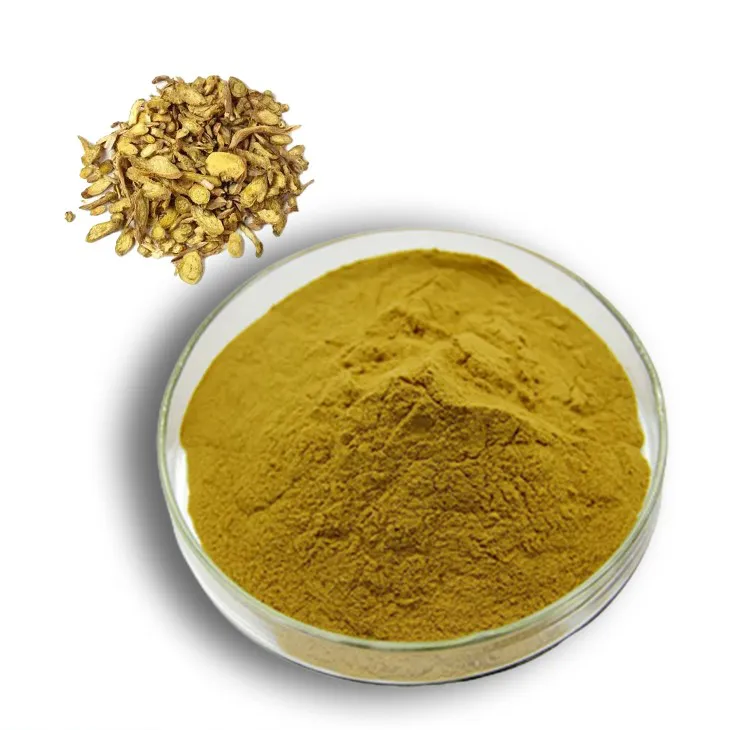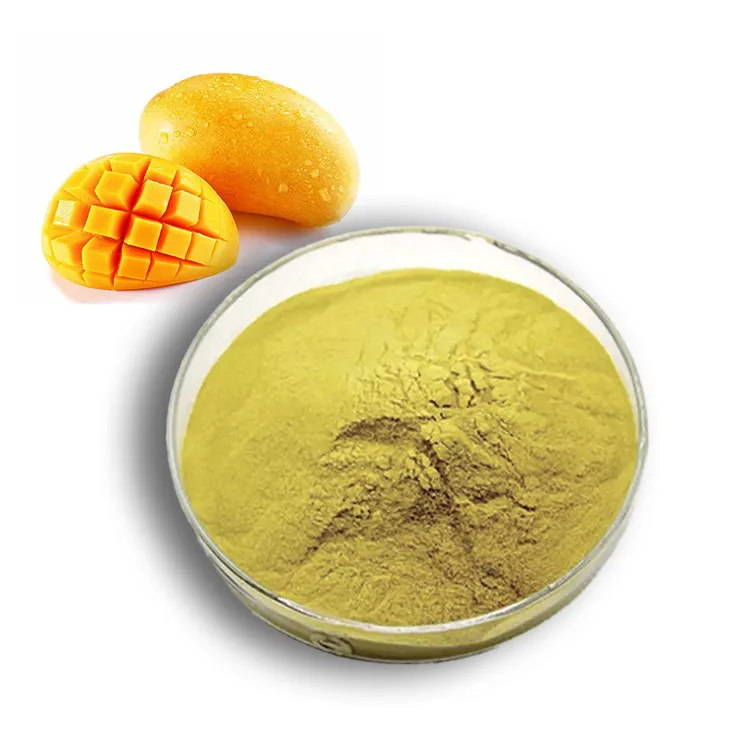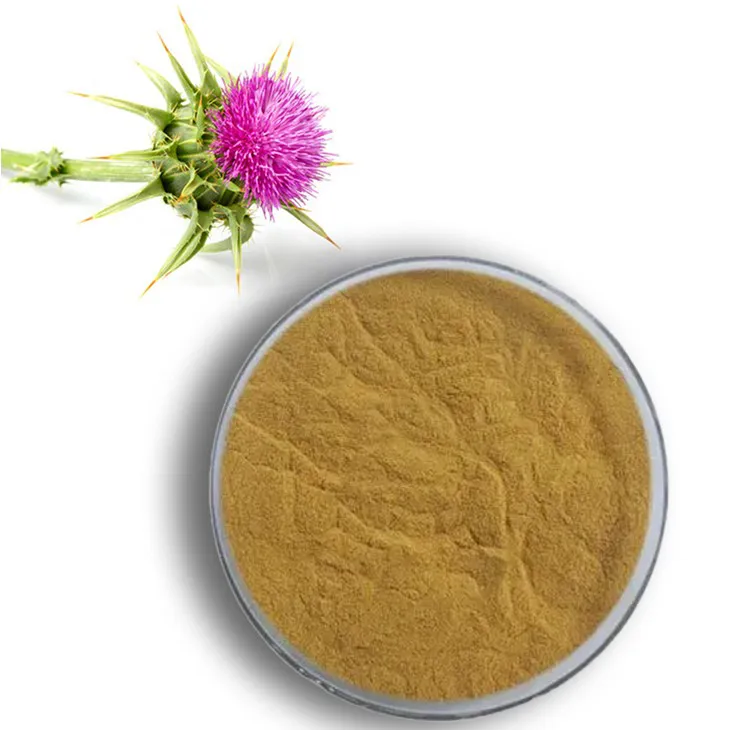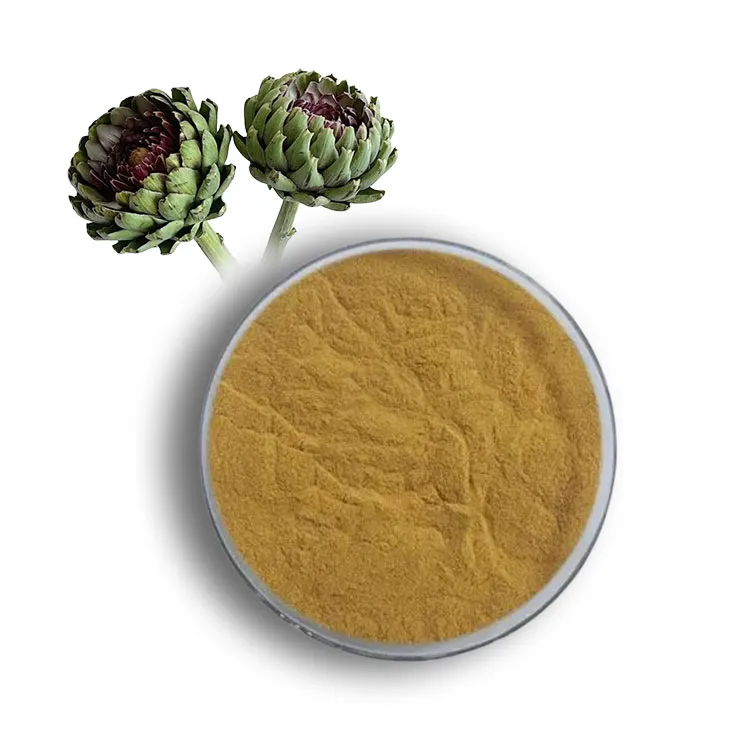- 0086-571-85302990
- sales@greenskybio.com
What is red yeast rice
2025-10-25

Red yeast rice, a distinctive and potent natural product, has held a pivotal role in traditional Chinese medicinal practice for centuries. Fermented rice is known for its striking red hue and unique health benefits, and has recently captured the attention of the Western world as a natural alternative therapy primarily for cholesterol management. With its roots deeply ingrained in cultural traditions, red yeast rice offers a fascinating blend of ancient wisdom and modern science, warranting a thorough exploration of its characteristics, health implications, and usage guidelines. This article provides an in-depth look at what red yeast rice is, its active components, health benefits, potential risks, and the scientific research supporting its usage.
Historical and Cultural Background
Red yeast rice traces its origins back over a thousand years ago to the Tang Dynasty in China, where it was used as both a medicinal product and a food preservative. The distinct red coloration is derived from the fermentation process involving the fungus Monascus purpureus, which grows on rice. This practice not only enhanced the culinary appeal of dishes but also promoted health by purportedly improving digestion, enhancing blood circulation, and fortifying the spleen.
In Chinese culture, red yeast rice has been widely used in the preparation of red rice wine, Peking duck, pickled tofu, and various sauces, adding a vibrant color and flavor. Its use has transcended gastronomy, becoming a cornerstone in traditional Eastern medicine.
What is Red Yeast Rice?
Red yeast rice is created when white rice undergoes fermentation with Monascus purpureus. This fermentation yields several active compounds, most notably monacolins, with Monacolin K being chemically identical to the cholesterol-lowering drug lovastatin. Beyond monacolins, red yeast rice contains sterols, isoflavones, and monounsaturated fatty acids, all contributing to its health-enhancing profile.
The fermentation process not only alters the rice’s color but also enhances its metabolite composition, imbuing it with pharmacologically active compounds crucial in traditional and contemporary remedies.
Health Benefits and Applications
The primary health benefit attributed to red yeast rice is its ability to lower cholesterol levels, particularly LDL cholesterol, often referred to as "bad cholesterol." This effect is primarily due to the presence of Monacolin K, which inhibits the enzyme HMG-CoA reductase, a crucial player in cholesterol biosynthesis in the liver.
Cholesterol Management: Several studies have corroborated the cholesterol-lowering effects of red yeast rice, suggesting it as an effective natural alternative to statin drugs for individuals with mildly to moderately elevated cholesterol. Research has shown significant reductions in LDL cholesterol levels among those who incorporate red yeast rice into their dietary regimen.
Cardiovascular Health: By lowering cholesterol, red yeast rice indirectly supports cardiovascular health, potentially reducing the risk of heart disease—a leading cause of morbidity and mortality worldwide.
Inflammatory Response Modulation: Emerging studies indicate that components within red yeast rice, such as isoflavones, might help modulate inflammatory responses, which are implicated in various chronic diseases, including atherosclerosis.
Antioxidant Properties: The fermentation process enriches red yeast rice with antioxidants that neutralize free radicals and protect cells from oxidative damage, contributing to overall wellness.
Scientific Research and Evidence
The scientific community has shown keen interest in red yeast rice, leading to a surge in studies exploring its health benefits. For cholesterol management, research consistently demonstrates its efficacy in lowering LDL levels. A study published in the American Journal of Cardiology revealed significant reductions in LDL cholesterol among patients taking red yeast rice compared to those on a placebo.
Furthermore, meta-analyses, which aggregate findings from multiple studies, support red yeast rice's efficacy and safety, highlighting it as a viable adjunct therapy for cholesterol management for those intolerant to conventional statins.
Potential Risks and Considerations
While red yeast rice is deemed safe for most individuals when used as directed, it is not without potential risks. Because its active ingredient, Monacolin K, mirrors the drug lovastatin, users may encounter similar side effects, including muscle pain, liver dysfunction, and gastrointestinal disturbances. Therefore, it is imperative to follow recommended dosages and consult healthcare professionals before use, especially for those with pre-existing liver conditions or those taking other medications.
Additionally, the varying concentrations of monacolins found in red yeast rice supplements pose a challenge in standardizing dosage and ensuring safety. Quality control issues, including contamination with toxins such as citrinin, have also been reported, making it essential for consumers to choose products from reputable sources tested for purity and potency.
Regulatory Perspective
The status of red yeast rice as a dietary supplement varies across regions. In the United States, the FDA has issued warnings against products containing significant amounts of Monacolin K, categorizing them as unapproved drugs, rather than supplements. Conversely, in Europe, where traditional herbal medicines have a broader acceptance, red yeast rice remains popular and widely available, often incorporated within the nutraceutical market.
Consumer insights and market trends
In recent years, as more individuals seek natural alternatives for health management, the market for red yeast rice has expanded. Consumers increasingly value supplements derived from natural sources, perceiving them as safer and preferable to synthetic drugs. This trend highlights the importance of educating consumers about both the benefits and limitations of red yeast rice and the necessity of regulatory oversight to maintain quality standards.
Conclusion
Red yeast rice stands at the confluence of ancient tradition and modern health discourse, offering a compelling natural approach to cholesterol management and cardiovascular health. While scientific evidence underscores its therapeutic potential, informed use and consideration of risks remain crucial. As both consumers and healthcare providers contribute to the growing demand for natural health solutions, red yeast rice's legacy continues to evolve, inviting further research and regulatory scrutiny to harness its full potential safely and effectively. Through balanced exploration and application, red yeast rice can continue to pave the way for integrating natural remedies within mainstream health and wellness.
, a great article source where you can learn about Supplements and their health benefits, you also can get the latest food Supplements. Green Sky Bio provides the best extracts and supplements. It is a Chinese self-developed brand that is trustworthy! Welcome to email us to inquire about our products.
- ▶ Hesperidin
- ▶ Citrus Bioflavonoids
- ▶ Plant Extract
- ▶ lycopene
- ▶ Diosmin
- ▶ Grape seed extract
- ▶ Sea buckthorn Juice Powder
- ▶ Fruit Juice Powder
- ▶ Hops Extract
- ▶ Artichoke Extract
- ▶ Mushroom extract
- ▶ Astaxanthin
- ▶ Green Tea Extract
- ▶ Curcumin
- ▶ Horse Chestnut Extract
- ▶ Other Product
- ▶ Boswellia Serrata Extract
- ▶ Resveratrol
- ▶ Marigold Extract
- ▶ Grape Leaf Extract
- ▶ New Product
- ▶ Aminolevulinic acid
- ▶ Cranberry Extract
- ▶ Red Yeast Rice
- ▶ Red Wine Extract
-
Acai Berry Extract
2025-10-25
-
Tongkat Ali Extract Powder
2025-10-25
-
Cranberry Extract
2025-10-25
-
Baicalin
2025-10-25
-
Yellow Pine Extract
2025-10-25
-
Hawthorn powder
2025-10-25
-
Mango flavored powder
2025-10-25
-
Kidney Bean Extract
2025-10-25
-
Milk Thistle Extract
2025-10-25
-
Artichoke Leaf Extract
2025-10-25











